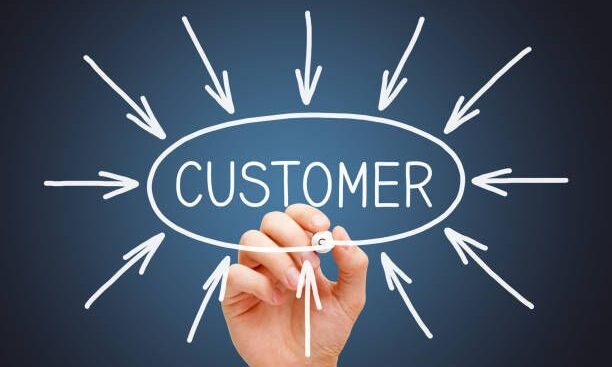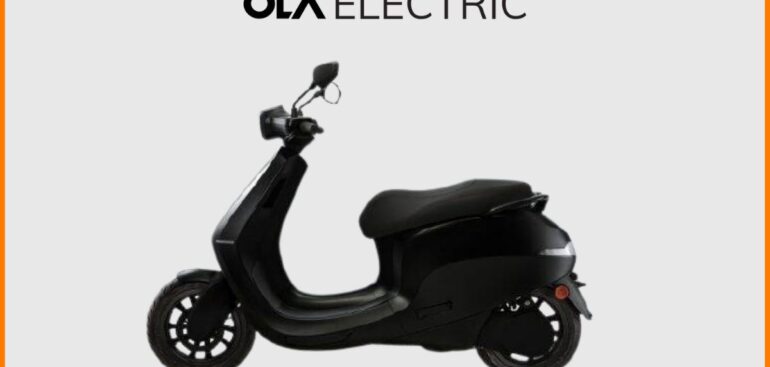As Consultant or as a business, it’s essential for us to truly understand our customers’ problems and needs before offering solutions. However, too often, we fall into the trap of relying on assumptions or a superficial understanding, creating an illusionary picture that can hinder our ability to provide valuable solutions. Today, let’s look at few simple ways to prevent it from happening.
🔑 Key Lesson 1: Question Assumptions, Seek Clarity
In my experience working with a B2C IT product company, we once assumed that our customers’ main concern was affordability. We believed that offering the lowest prices would make us their top choice. But it dint happen, we delved deep into customer interviews and feedback, to discover that while pricing was a factor, convenience and time-saving were even more critical to them. By questioning our assumptions and seeking clarity, we realigned our focus to provide efficient and convenient solutions.
🔑 Key Lesson 2: Empathy – Walk in Their Shoes
While working with a retail industry client, we found frequent customer returned products despite robust quality control measures. Further, to our dismay, the customers never returned to buy product. We decided to dig deeper, through conversations with customers found that the return process was overly complicated, causing frustration. By empathizing with their experience and simplifying our return policy and process, we not only retained them but also improved loyalty among others who valued hassle-free shopping experiences.
🔑 Key Lesson 3: Analyze Data and Feedback
For a retail business, we closely monitored customer data and collected feedback from various sources to discover a recurring complaint about the difficulty of finding specific products from the shopfloor, which led to less sales in those categories. This insight led us to revamp the floor design, shopping baskets and easy to search placement, resulting in a more user-friendly experience, increased conversion rates and more profitability.
🔑 Key Lesson 4: Collaborate Across Teams
Breaking down silos and fostering collaboration among teams is crucial in gaining a comprehensive understanding of customer needs. By sharing customer insights and collaborating on customer personas, we can ensure that everyone has a clear understanding of the customers’ pain points.
🔑 Key Lesson 5: Iterate and Adapt
Customer needs evolve, and businesses must adapt to stay relevant. By regularly seeking feedback from students for an education sector client, we identified emerging preferences, such as a growing demand for latest technology collaboration and evolution. This helped to Iterate and Adapt.
Adopt simple strategies to prioritize understanding and make a positive impact on our customers’ lives.
The move by OLA electric assumes significance, especially with their entry to two wheeler segment and strategy to “own” the system like tesla.
Positives.
1. Two-wheelers account for more than 75% of the 250 million vehicles registered in India, representing the second largest market globally for two-wheelers, second only to China (Forbes, 2019).
2. It is of high priority for both national and state governments in India, to support the transition to electric vehicles. Through the national FAME (Faster Adoption and Manufacturing of (Hybrid &) Electric Vehicles) schemes, and state-level equivalents, we are trying to address it.
3. Product Design and innovations – The features, app interface and navigation, battery Pack, more boot.
4. Super cool ads and communication – Yes color is good. The Early booking suspense at a throw away amount.
5. Understanding that “ecosystem” of Charging stations is key.
How it can go wrong(clues)?
1. The hyper charging network won’t be available to other electric vehicle players and only the customers of Ola Electric.
2. From my market entry strategist perspective, they made the pitch at right time before the move from established players. The ride aggregator has gone forward and became “automobile manufacturer”. OLA expects that brand recognition and connection will create the trust.
3. The global mega factory with 2 million output, 1 lakh Hypercharging stations in 400 cities looks good for tall claims. (it just reminds me of NANO). The first target is just 5000 centre’s.
4. Product appeals to last mile connectivity needed city dwelling techno savvy Youth(or female?).
5. Battery pack design is cool – Economics of charging? competition is 1.2- 2.2 Rs/litre. It has three swappable battery packs measuring 1.155kWh each.
6. Speed and maneuverability?
7. Serviceexcellence and network?
and finally after all the hype, it booked just 1 lakh+ @499. Is it enough for a 2 million factory? Read More


